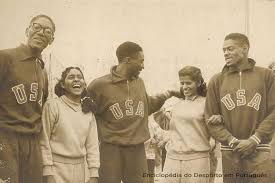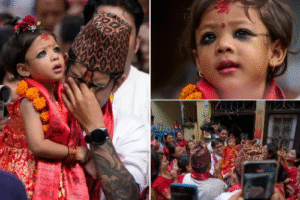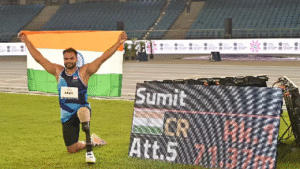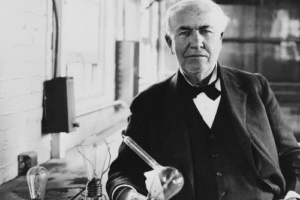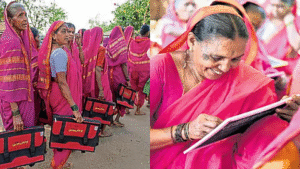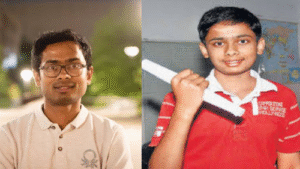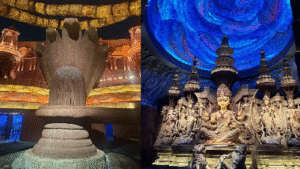Mary D’Souza and Nilima Ghose made history by representing India in the 1952 Helsinki Olympics, marking an important moment for Indian women in athletics. They were among the first few Indian women to participate in the Olympic Games, which was a significant achievement for women’s representation in international sports.
Event: Mary D’Souza participated in the 100 meters and 200 meters sprint events at the 1952 Helsinki Olympics.
Performance: She was eliminated in the heats of both the 100 meters and 200 meters races. While she did not make it to the finals, her participation was a crucial step for Indian women athletes competing on the global stage.
Significance: Mary D’Souza’s participation in the Helsinki Olympics marked a significant achievement for India, particularly for women’s sports in the country. She helped break barriers for future generations of Indian female athletes, especially in track and field events.
Event: Nilima Ghose competed in the 80 meters hurdles and the 100 meters hurdles at the 1952 Helsinki Olympics.
Performance: Like D’Souza, Nilima Ghose was eliminated in the heats in both of her events. Despite being eliminated early in the competition, Ghose’s participation in the Olympics was a pioneering achievement for Indian women in the hurdles category, where Indian athletes were still relatively new on the international circuit.
Significance: Nilima Ghose’s presence at the Olympics helped to create awareness and inspire other female athletes in India and encouraged them to pursue track and field, especially hurdle races.
Date and Location: The 1952 Summer Olympics were held in Helsinki, Finland, from July 19 to August 3, 1952.
Indian Representation: The 1952 Olympics were a milestone for India as it was one of the largest contingents India had sent to the Games until that point. This was the first time Indian women athletes competed in the Olympics, and their participation marked the beginning of greater inclusion of women in Indian sports.
Indian Athletes in 1952: India had a small but notable contingent at the 1952 Olympics, with athletes participating in various events such as athletics, boxing, wrestling, and hockey.
Breaking Gender Barriers: Both D’Souza and Ghose were trailblazers for Indian women athletes. Their participation in the 1952 Helsinki Olympics was a landmark achievement for women’s athletics in India. It inspired future generations of women to pursue sports professionally and aspire to compete on the world’s biggest sporting stage.
Indian Women’s Athletics: At the time, Indian women athletes faced many challenges, including social constraints and limited opportunities. The success of pioneers like Mary D’Souza and Nilima Ghose opened doors for future female athletes, who would go on to achieve great success, particularly in athletics.
Inspiration for the Future: Although they did not win medals, their participation in the Olympics was a milestone that provided invaluable inspiration for women’s sports in India.
After the 1952 Olympics, both Mary D’Souza and Nilima Ghose continued to be influential figures in Indian athletics. They went on to become role models for aspiring athletes in their respective fields.
P.T. Usha, Kamlesh Mehta, and others would follow in the years to come and make their mark in international athletics, thanks to the groundwork laid by the pioneering efforts of athletes like Mary D’Souza and Nilima Ghose.
Mary D’Souza and Nilima Ghose’s participation in the 1952 Helsinki Olympics represents a significant moment in the history of Indian women in sports. While neither athlete advanced beyond the heats in their respective events, their efforts were groundbreaking. They set a precedent for future generations of Indian women to compete at the highest level of international sports, breaking social barriers and inspiring women in India and around the world. Their contributions to Indian athletics continue to resonate, as they played a key role in the evolution of women’s sports in India.
